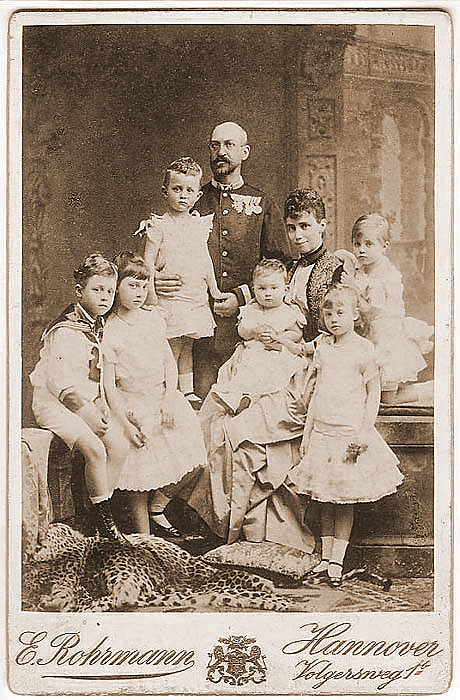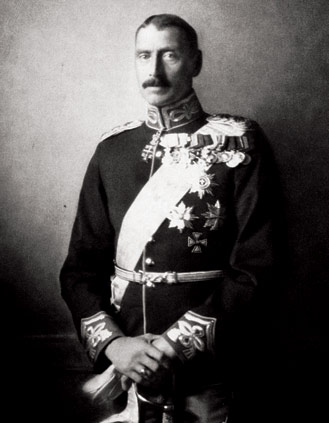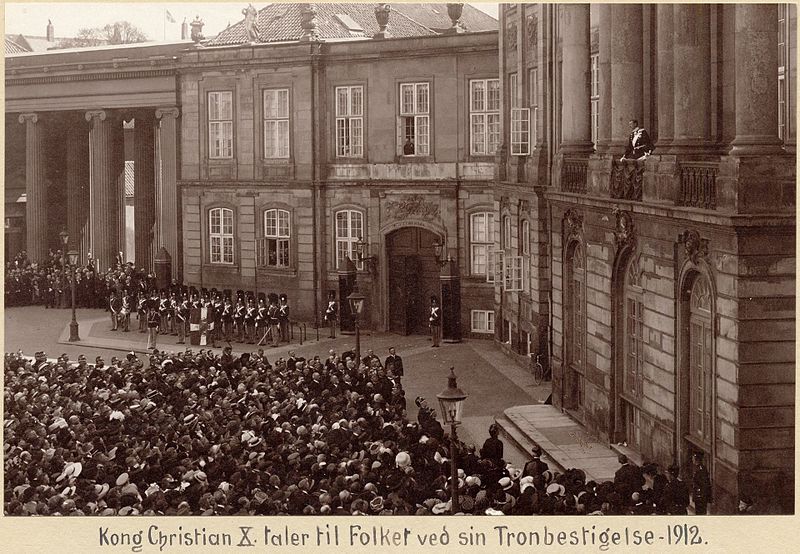by Scott Mehl © Unofficial Royalty 2014, updated 2024

King Frederik IX with the future Queen Margrethe II and the future King Frederik X
photo source: www.statensnet.dk; photo credit: Polfoto
January 14, 1972 – Accession of Queen Margrethe II of Denmark
January 14 marks the anniversary of the death of King Frederik IX of Denmark, and the accession of his eldest daughter as Queen Margrethe II. King Frederik had come to the throne in 1947, upon the death of his father, King Christian X. He and his wife, the former Princess Ingrid of Sweden had three daughters, and at the time, only men were permitted to succeed to the Danish throne. Frederik’s brother, Prince Knud was the heir presumptive. However, shortly after coming to the throne in 1947, King Frederik IX began the process of having the constitution changed to allow the succession to pass to his daughters. It would take six years, but in 1953, the Danish Constitution was changed. A new Act of Succession allowed for the throne to pass to his daughters, should there not be any sons. The young Princess Margrethe became the heiress presumptive, with her younger sisters next in line.
The King’s brother, Prince Knud, was given the title Hereditary Prince Knud which he held for the remainder of his life. Prince Knud had three children, Elisabeth, Ingolf, and Christian. Princess Elisabeth remains in the line of succession (being eligible because of the new Act of Succession in 1953), holding the last position in the list. Both Ingolf and Christian relinquished their succession rights, as well as their royal titles and status, upon marriage. Both were created Counts of Rosenborg by their uncle.
On the evening of January 14, 1972, after a brief illness and a heart attack, King Frederick IX died, surrounded by his family. His remains were taken to Amalienborg Palace for several days, before being moved to the chapel at Christiansborg Palace where he would lay in state for several days leading up to his funeral, held on January 24th.

Proclamation of the Queen by the Prince Minister; Credit: Order of Sartorial Splendor
Meanwhile, the young Princess Margrethe had become Queen. On the morning of January 15th, following tradition, the new Queen was proclaimed by the Prime Minister from the balcony at Christiansborg Palace. To the crowds gathered below, she gave a brief speech, expressing the nation’s grief at the loss of their King and the warm feelings held by all for her mother, Queen Ingrid in this time of loss. She asked for God’s help in assuming the duties that had been her father’s for nearly 25 years, as well as the confidence and support of the Danish people.
The new Queen was then joined on the balcony by her husband, Prince Henrik before the couple returned by carriage to Amalienborg Palace. There, they again appeared on the balcony, along with their two young sons, the new Crown Prince Frederik and Prince Joachim.
Since the death of Queen Elizabeth II of the United Kingdom in 2022, Queen Margrethe II had been the longest-serving monarch in Europe and the second longest-serving monarch in the world following Hassanal Bolkiah, Sultan of Brunei.
Although Queen Margrethe stated several times that she had no intention of abdicating and that she viewed her position as a job for life and recognized Queen Elizabeth II of the United Kingdom as a source of inspiration for her devotion to duty, in her New Year’s Speech on December 31, 2023, Queen Margrethe announced that she will step down as Queen of Denmark on January 14, 2024 – the 52nd anniversary of her accession. Her elder son, Crown Prince Frederik, and his wife, Crown Princess Mary, will become the new King and Queen of Denmark.
This article is the intellectual property of Unofficial Royalty and is NOT TO BE COPIED, EDITED, OR POSTED IN ANY FORM ON ANOTHER WEBSITE under any circumstances. It is permissible to use a link that directs to Unofficial Royalty.
























